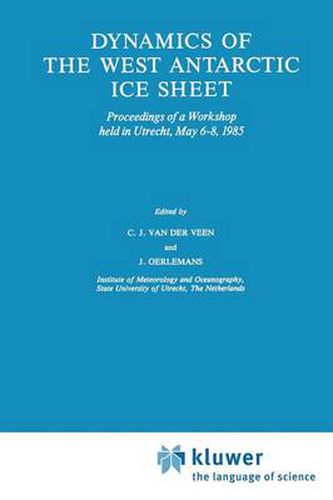Readings Newsletter
Become a Readings Member to make your shopping experience even easier.
Sign in or sign up for free!
You’re not far away from qualifying for FREE standard shipping within Australia
You’ve qualified for FREE standard shipping within Australia
The cart is loading…






This title is printed to order. This book may have been self-published. If so, we cannot guarantee the quality of the content. In the main most books will have gone through the editing process however some may not. We therefore suggest that you be aware of this before ordering this book. If in doubt check either the author or publisher’s details as we are unable to accept any returns unless they are faulty. Please contact us if you have any questions.
Few scientists doubt the prediction that the antropogenic release of carbon dioxide in the atmosphere will lead to some warming of the earth’s climate. So there is good reason to investigate the possible effects of such a warming, in dependence of geographical and social economic setting. Many bodies, governmental or not, have organized meetings and issued reports in which the carbon dioxide problem is defined, reviewed, and possible threats assessed. The rate at which such reports are produced still increases. However, while more and more people are getting involved in the ‘carbon dioxide business’, the number of investigators working on the basic problems grows, in our view, too slowly. Many fundamental questions are still not answered in a satisfactory way, and the carbon dioxide building rests on a few thin pillars. One such fundamental question concerns the change in sea level associated with a climatic warming of a few degrees. A number of processes can be listed that could all lead to changes of the order of tens of centimeters (e. g. thermal expansion, change in mass balance of glaciers and ice sheets). But the picture of the carbon dioxide problem has frequently be made more dramatic by suggesting that the West Antarctic Ice Sheet is unstable, implying a certain probability of a 5 m higher sea-level stand within a few centuries.
$9.00 standard shipping within Australia
FREE standard shipping within Australia for orders over $100.00
Express & International shipping calculated at checkout
This title is printed to order. This book may have been self-published. If so, we cannot guarantee the quality of the content. In the main most books will have gone through the editing process however some may not. We therefore suggest that you be aware of this before ordering this book. If in doubt check either the author or publisher’s details as we are unable to accept any returns unless they are faulty. Please contact us if you have any questions.
Few scientists doubt the prediction that the antropogenic release of carbon dioxide in the atmosphere will lead to some warming of the earth’s climate. So there is good reason to investigate the possible effects of such a warming, in dependence of geographical and social economic setting. Many bodies, governmental or not, have organized meetings and issued reports in which the carbon dioxide problem is defined, reviewed, and possible threats assessed. The rate at which such reports are produced still increases. However, while more and more people are getting involved in the ‘carbon dioxide business’, the number of investigators working on the basic problems grows, in our view, too slowly. Many fundamental questions are still not answered in a satisfactory way, and the carbon dioxide building rests on a few thin pillars. One such fundamental question concerns the change in sea level associated with a climatic warming of a few degrees. A number of processes can be listed that could all lead to changes of the order of tens of centimeters (e. g. thermal expansion, change in mass balance of glaciers and ice sheets). But the picture of the carbon dioxide problem has frequently be made more dramatic by suggesting that the West Antarctic Ice Sheet is unstable, implying a certain probability of a 5 m higher sea-level stand within a few centuries.